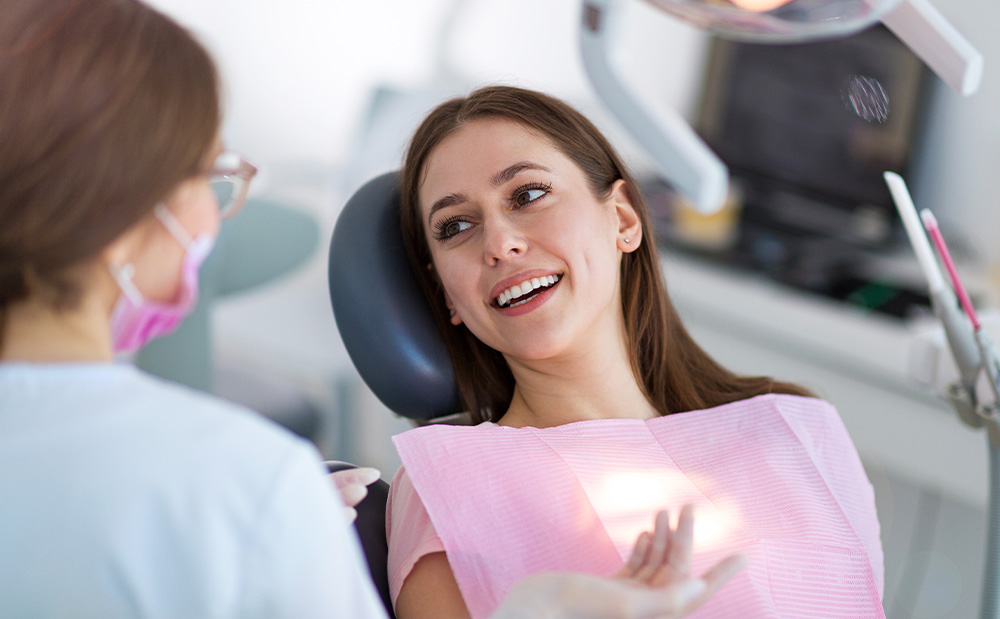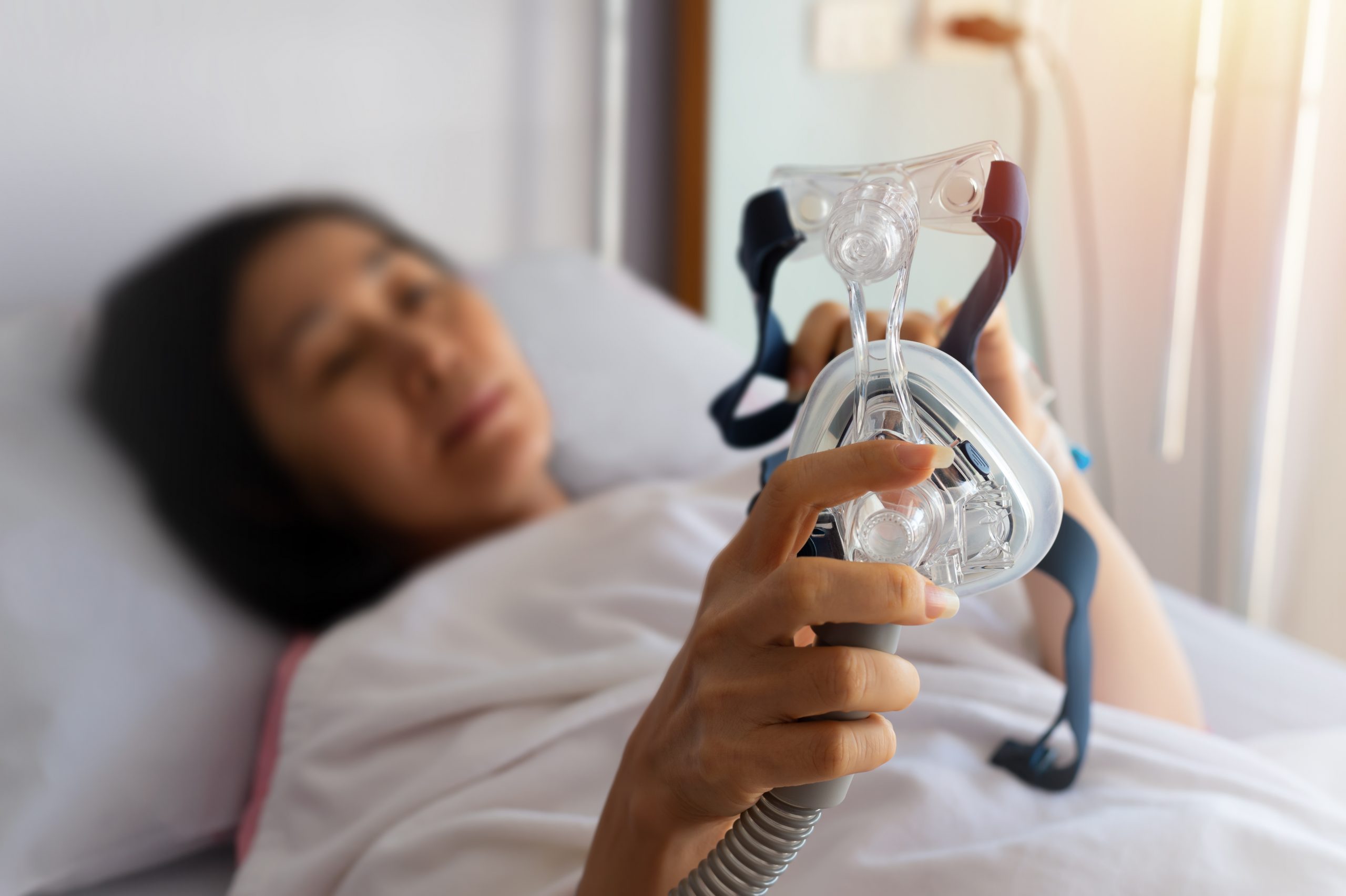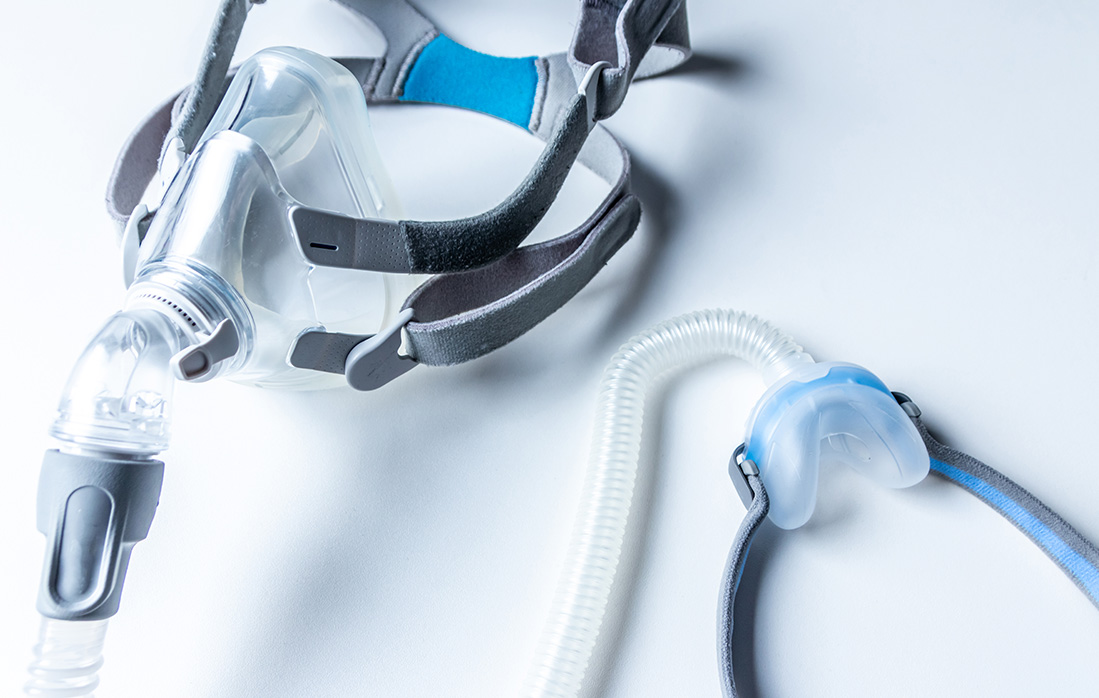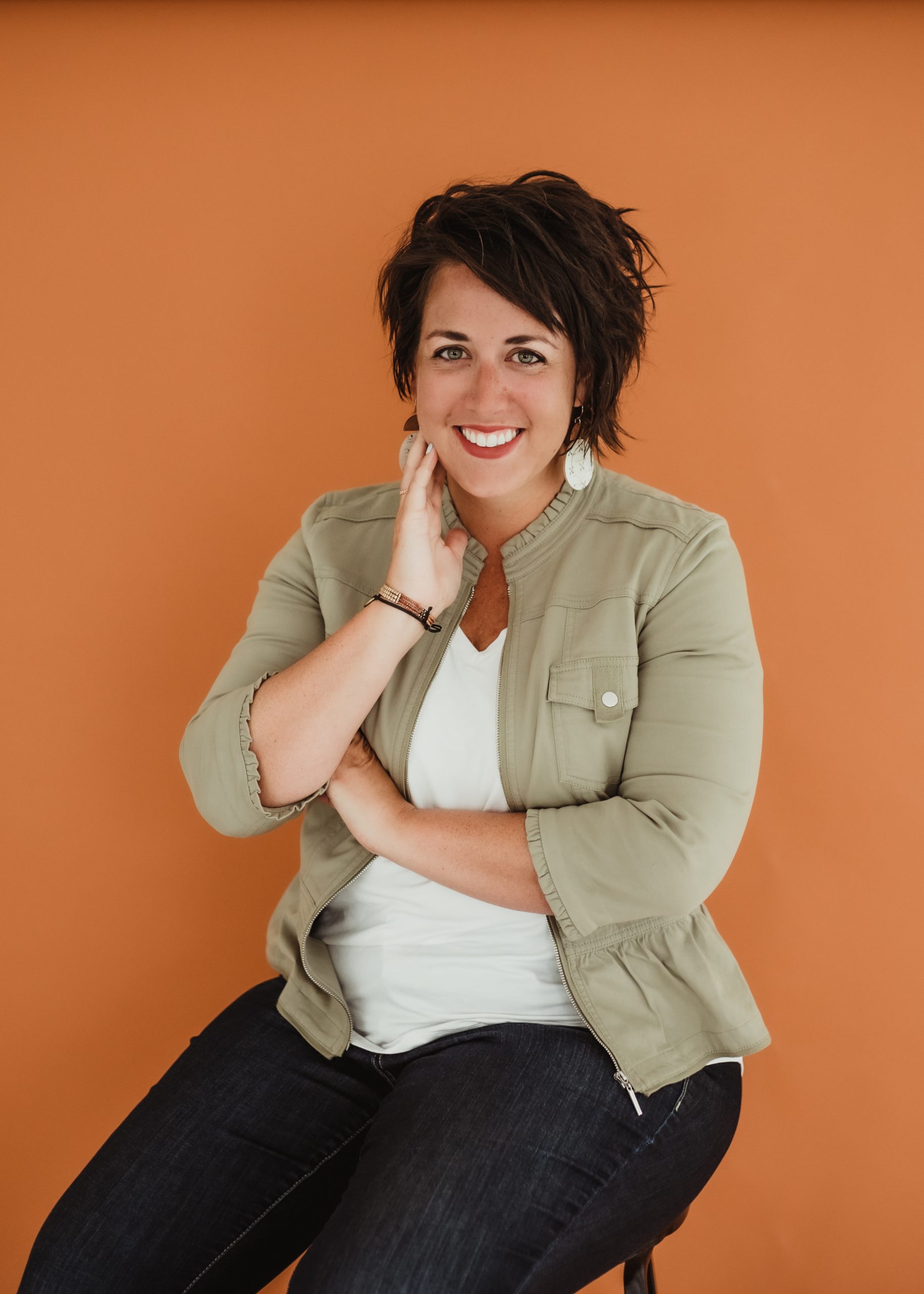
If you head in for sleep apnea care at Dr. Alice Hoang’s clinic, Brooklyn Mint in New York, you might be handed a paper called “Handle with Care.” This is a questionnaire that might reveal to her that you are anxious, neurodiverse, sensory sensitive, or have another need that might mean a little extra attention and accommodation. It might seem like just a form, but it’s actually part of a larger more strategic plan for Hoang to accomplish her life’s mission of treating as many patients as possible who have an increased risk of life-threatening conditions due to Obstructive Sleep Apnea (OSA).
She is dead serious about ensuring everyone is comfortable. “One out of every 15 people have sleep apnea. It is responsible for serious long term health problems for untreated child and adult patients,” she says. To take care of each patient, she has unpacked the barriers and hesitations to accessing care, and is working to systematically remove them for each of her patients.
“There are a few hesitations I have encountered in my career. Sometimes patients simply don’t want to know about any major health issues, because this implies that they are now responsible to address it, which usually implies making changes in their life,” she says. “Diagnosis and treatment requires interdisciplinary care and diagnosis from an ENT specialist and as a dentist, I can only screen and suggest that a patient schedules an appointment with an ENT to be properly evaluated. Every additional step required for treatment is another obstacle to receiving care.”
Improving Accessibility of Sleep Apnea Treatment to Save Lives
Diagnosis is key to treatment, Hoang says. If we are unable to diagnose properly we cannot treat. By increasing access to care (and education for dental providers) we will be able to help more people live longer and healthier lives. Approximately 39 million U.S. adults have obstructive sleep apnea and 936 million adults around the world are estimated to have mild to severe OSA. (1) People with sleep apnea have a 123 percent increased crash risk when they are driving with severe sleep apnea, and others sometimes have mood changes. Hoang adds that kids with the condition might have behavior issues, perform poorly in school, and have medical conditions such as blood pressure or heart issues.
Offsetting the Cost of Care
Given these potentially dangerous issues that come with a sleep apnea diagnosis and lack of treatment, doctors are looking to remove barriers to care to ensure everyone is treated. For some, the issue is fear or hesitation about treatment, and for others, it’s finances. Some insurance companies don’t cover all types of care, and often have a say in which treatment should be used.
“We never want finances to be a barrier to patients receiving the care that they need so we offer various options to help make the treatment more accessible,” says Dr. Meredith Gantos DDS, General, Cosmetic, & Sedation Dentist at her Naperville, Ill.-based Gantos Dental Group.
Easing Fear
As with any new diagnosis or treatment, or one that you know you’ve needed to address for a while but haven’t yet, there can be some fear and hesitation around the process keeping patients from getting the help they need.
“I always want to create a comfortable environment where patients can ask questions and receive answers without fear or intimidation. It is important that patients are able to advocate for themselves and take ownership over their health,” Gantos says. “I do this by ensuring that the patient I am speaking with has my full time and attention. I don’t overbook or overrush visits. I give my undivided attention to the patient I am treating at that time.”
She adds that they use an extensive and thorough intake process for new patients, to get to know them as individuals.
Hoang offers desensitization sessions to remove “fear, anxiety or anguish” that former dental trauma may have caused. “I’ll see this a lot in first-time adult patients who are making the big switch to me as their new practitioner. When a patient becomes desensitized, they reduce the feelings they had from previous dental trauma, making way for new experiences.”
Her practice also offers multiple comfort measures, such as weighted blankets, noise-canceling headphones and cooled eye masks, that she says caters to neurodivergent patients, but others as well. Gantos’ office does this as well through a “comfort menu,” with accommodations like watching Netflix, heated neck pillows, and offering blankets — “Small things that can make their visit a more comfortable one.”
“My initial appointments are comprehensive and timing is prompt and effective. It means that chair time for the patient is shorter which gives them comfort in a new environment,” Hoang says.
Patient Awareness Improves Outcomes
If a dentist is trying to gauge pain level, and the patient has a different pain tolerance, or willingness to report pain levels, it can impact care. Dr. Jerry Hu, founder of Nevada Dental Sleep in Henderson, Nev. remembers working with military patients who had this issue. “I’d ask them their pain level, and they tell me they’ve been trained not to show it or talk about it, and with significant PTSD or trauma their guard is up even more. It often takes a little more time, but you can eventually see that look of relief when they realize they’re working with someone who cares, which is welcoming to them after navigating the VA medical system, which many say hasn’t always been the best experience,” he says.
He adds that for the LGBTQ community, PTSD and trauma, as well as a lack of acceptance with past providers, can create uncertainty as well. “I know there is always more room for education around sensitivity. It should be a greater part of our continuing education as medical professionals,” he adds.
In addition, Hu says the stigma about sleep apnea is changing, which takes away an emphasis from connecting the condition to how someone looks. “In the past, the Golden Rule for sleep apnea was that professionals did indeed judge a book by its cover, meaning if you’re overweight, have a high BMI, or a double chin, your clinical risk factors go up,” he says. “But we’ve had to ask ourselves ‘Is it possible for a marathon runner to have worse sleep apnea and a greater chance of dying than someone who is overweight?’ We’ve learned the answer is absolutely yes.”
He adds that sleep apnea is not about the appearance on the outside, but it’s what you don’t see on the inside. “I think this has forced dental sleep professionals to see patients differently. If we couple that with more sensitivity training, we can help more people live life to their full potential by providing the best treatment available.”
In the end, it’s not about just a cozy blanket or an eye mask, but a multitude of additional tools to increase accessibility to life saving care.

Early Clinical Trial Finds Epilepsy Drug Success for Sleep Apnea Patients

Circadian Rhythm: A Key to Health

Everything You Need to Know About CPAP Devices

Early Clinical Trial Finds Epilepsy Drug Success for Sleep Apnea Patients
Sources
1. Ling, Vanessa. “Sleep Apnea Statistics and Facts You Should Know,” National Council on Aging; https://www.ncoa.org/adviser/sleep/sleep-apnea-statistics/; October 4, 2023.
Gantos, Meredith. Author interview. February 2024.
Hu, Jerry. Author interview. February 2024.
Hoang, Alice. Author interview. February 2024.
